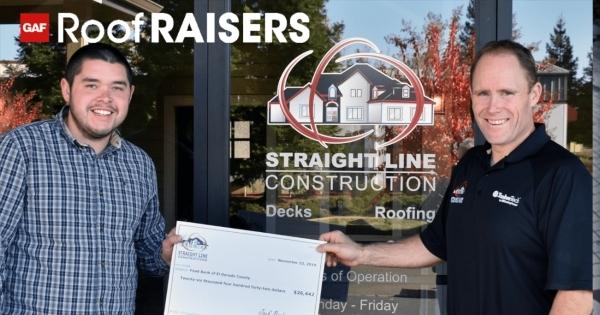What Qualities Does a Safety Leader Possess?

By Morgan Minter, WTI.
It's important for organizations to designate strong safety leaders to reach their safety goals and implement a safety culture.
When you think of a strong safety leader within your organization, what qualities or attributes does that person possess that makes them successful?
Typically, we think of individuals with safety designations or titles, but in reality – anyone can be a safety leader. If an employer can identify the natural safety leaders within their organization, they then can cultivate those leaders across all teams and departments to help build and foster a healthier workplace.
When looking to identify safety leaders, look for some of the following qualities:
Employees who have natural leadership skills empower other workers and know how to interact with their peers and coworkers. They also tend to have open communication about safety, and are keen to provide safety advice and direction.
Safety leaders naturally bring safety to the job – they consistently follow safety rules and actively participate in safety. This means always wearing their PPE regardless of what they are doing on a jobsite, or how long they will be there.
Safety leaders also have a genuine understanding and care for the health and wellbeing of their workers. They understand that by following the safe work procedures, regardless if it takes a little extra time or effort, will result in healthy workers.
Safety leaders also have excellent communication skills. This doesn’t always mean they are the best versed in safety, but they know how to speak to their people. Communication isn’t strictly verbal. It’s about getting the most understanding out of what you are communicating. Using different methods such as choosing your language, hands on training, and visual methods, or any combination to gain the most understanding is key.
Safety leaders also believe in continuous personal and professional growth. They understand that new processes are created every day, and they must be able to adapt and learn as times change. This also means continuing to work with all levels of employment to understand the new methods, products and standards to ensure compliance and efficiency.
In order for an organization to reach their safety goals and implement a safety culture, they must designate strong safety leaders. Choosing leaders within managerial roles, and also frontline workers will allow for deeper insight into the work being performed and help bridge the gap between levels of employment. Being able to identify safety leaders within the organization, and providing them with the training, resources and vehicle to relay their safety message, will encourage better safety behaviors and habits across the entire organization.
Morgan Minter is a Health and Safety Manager at Weatherproofing Technologies Inc. (WTI)
Learn more about WTI and their career opportunities in their RoofersCoffeeShop® Directory.























Comments
Leave a Reply
Have an account? Login to leave a comment!
Sign In